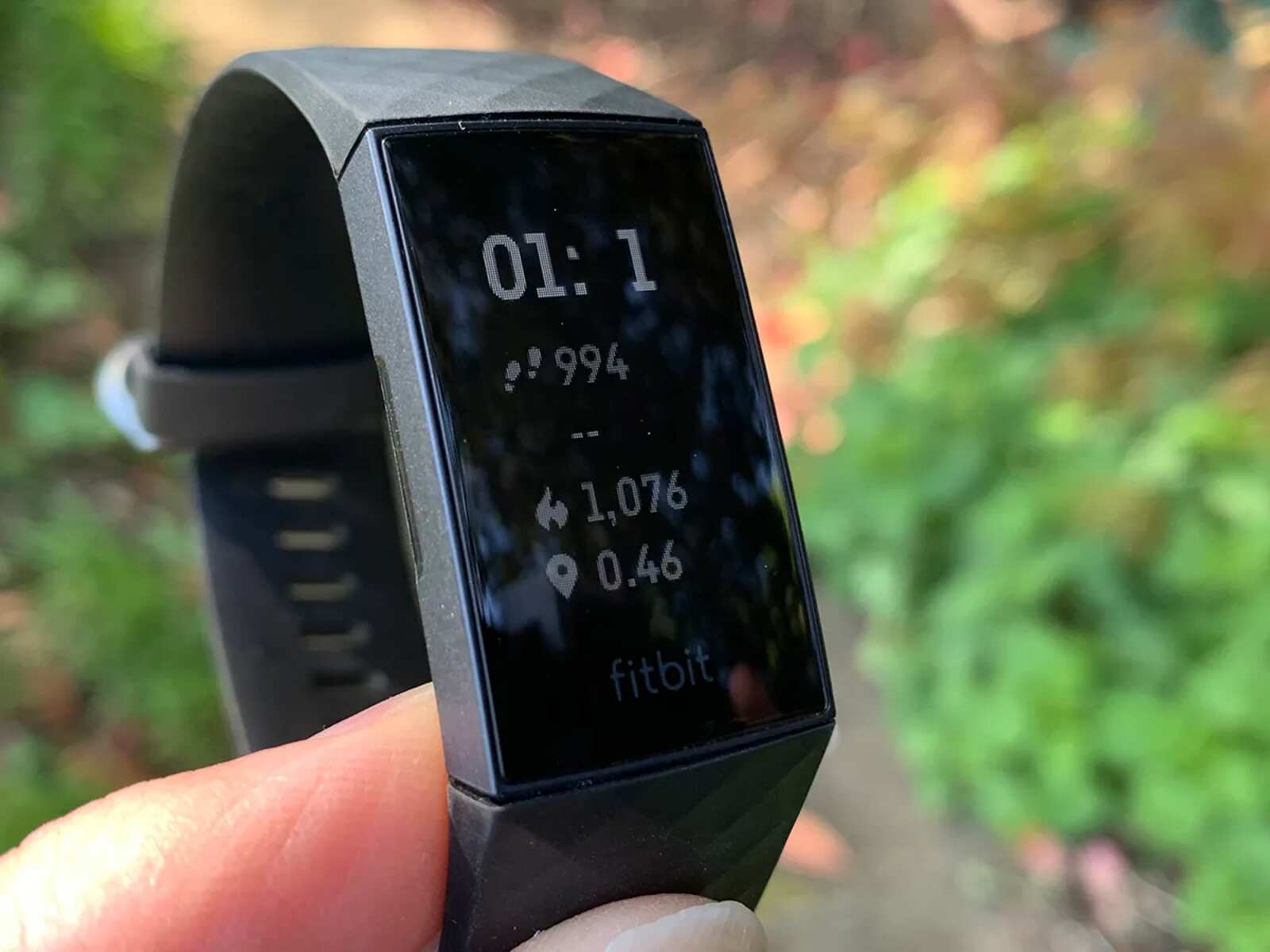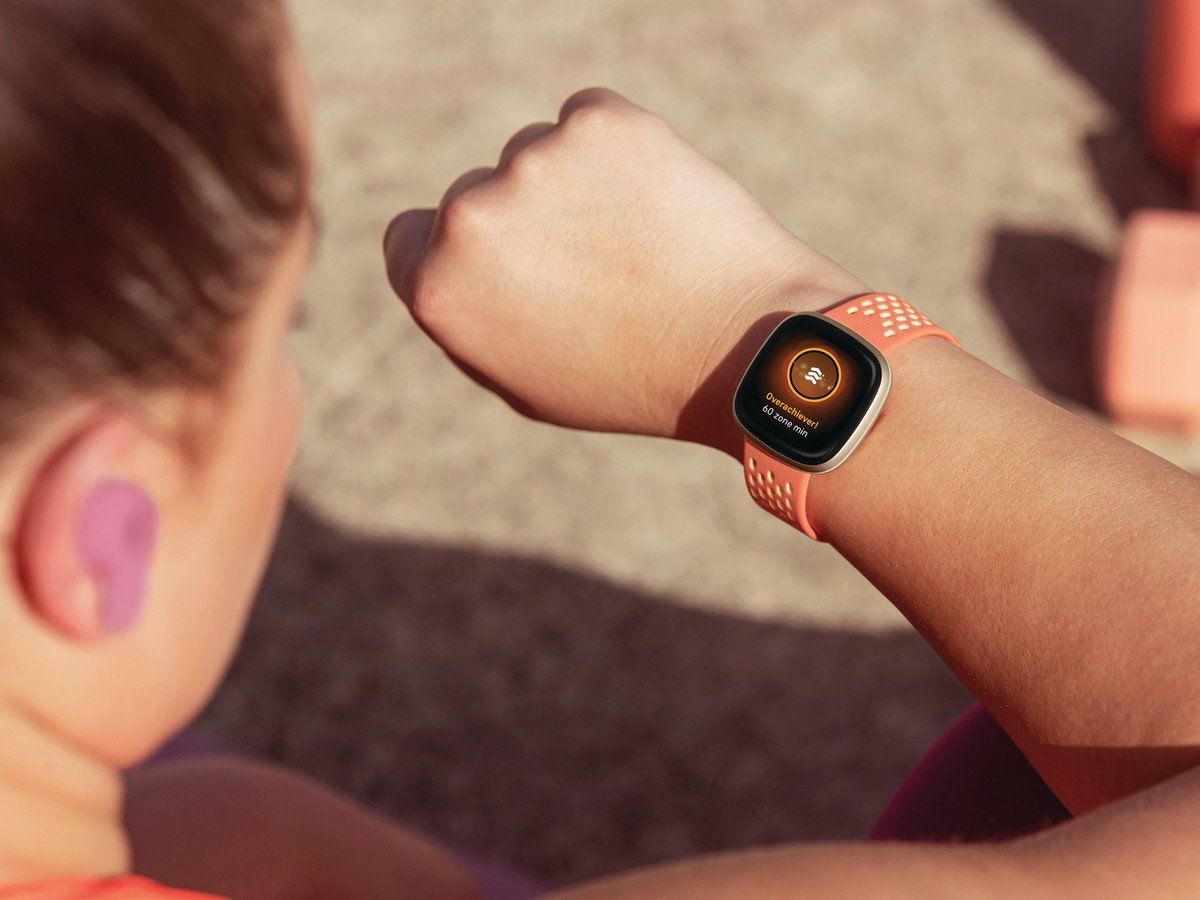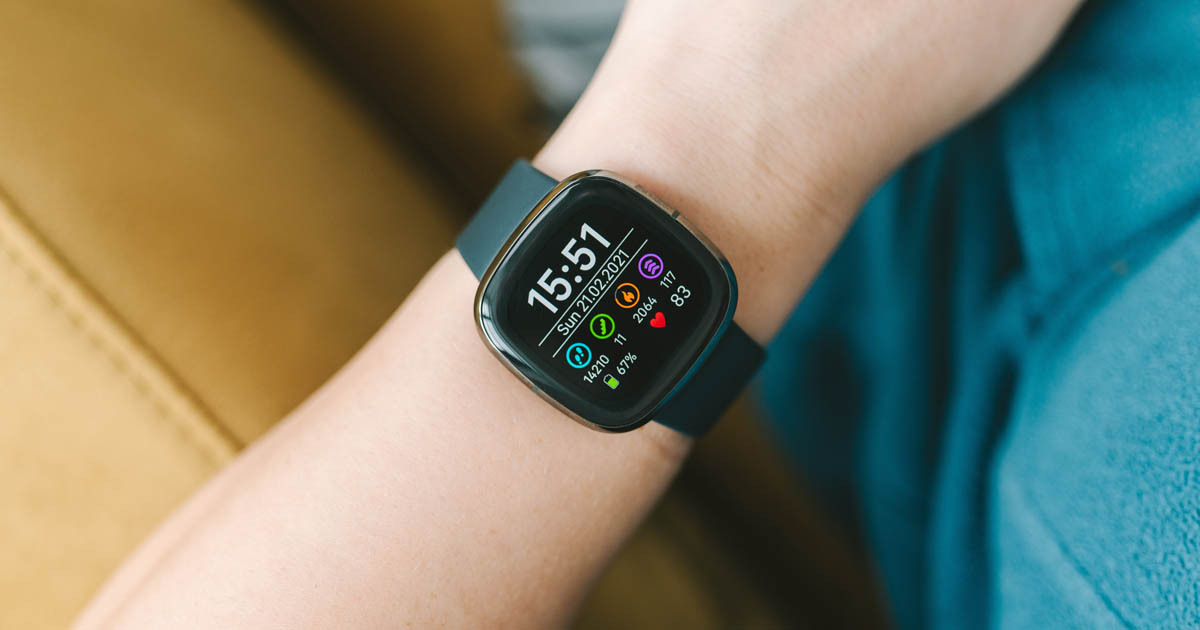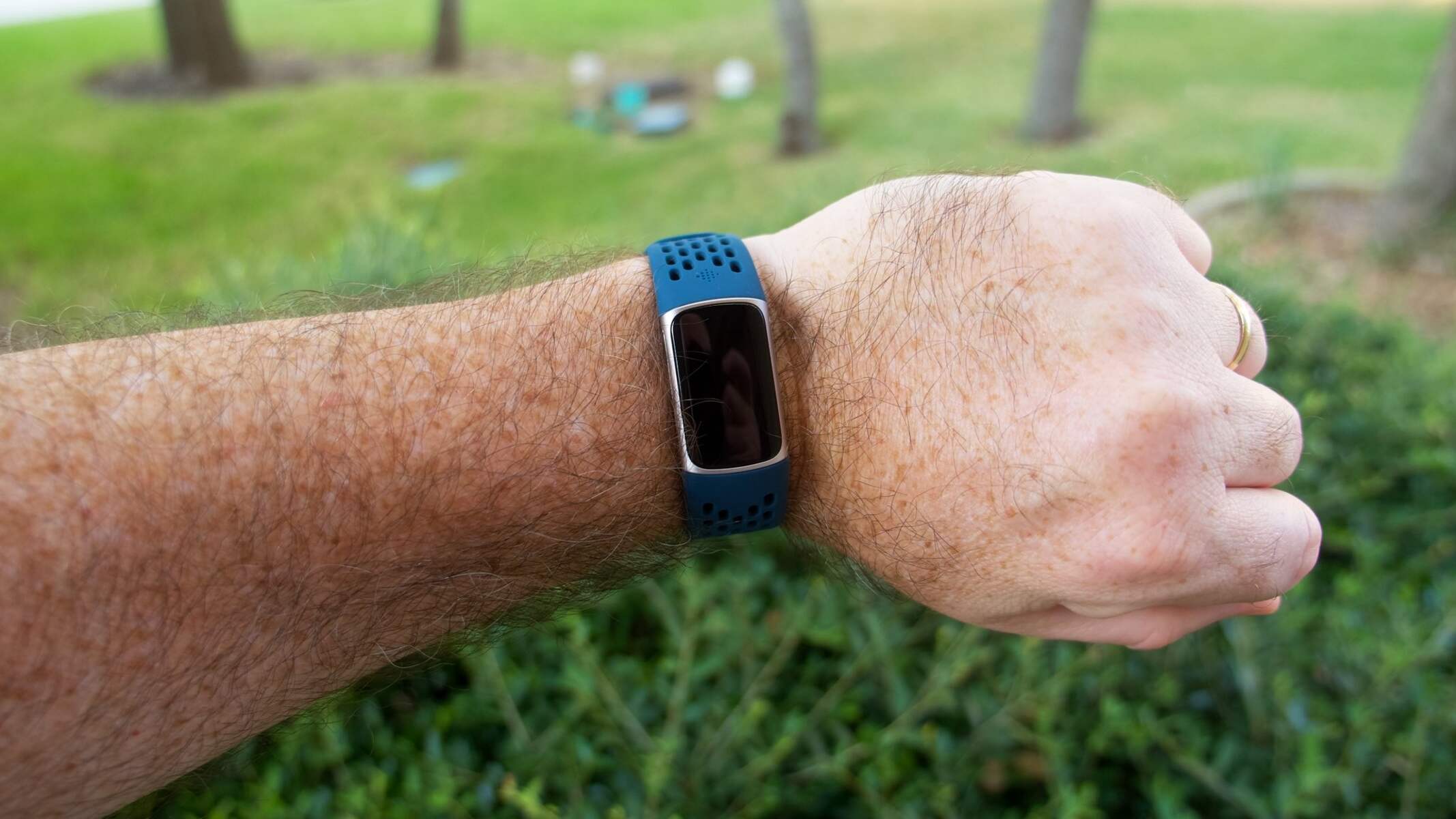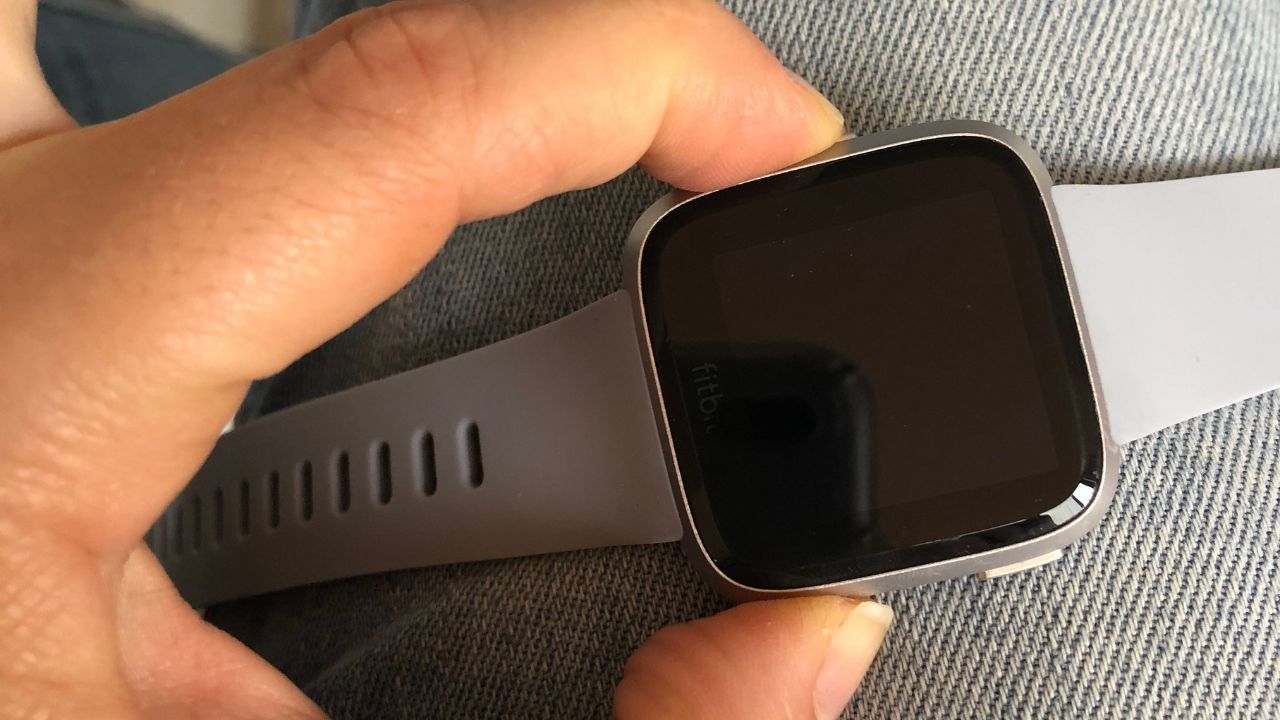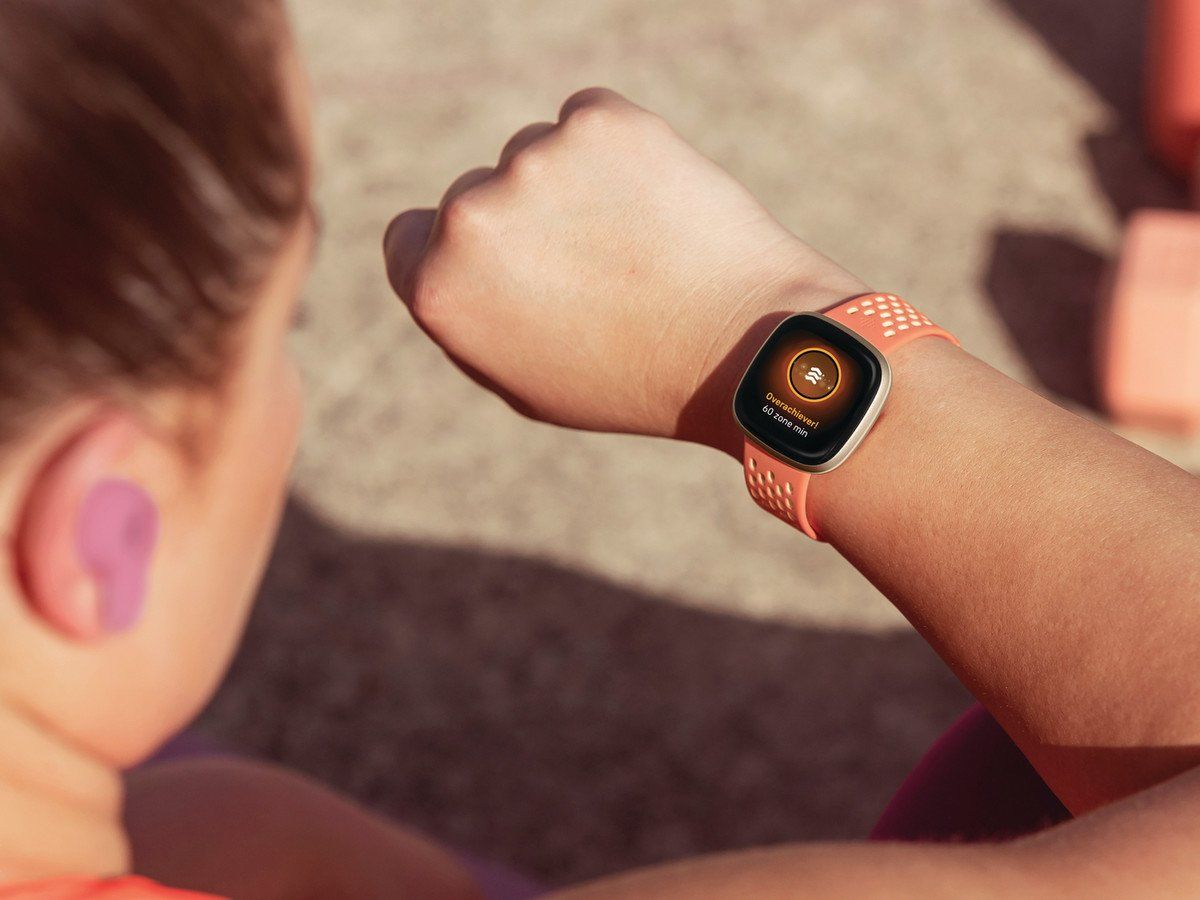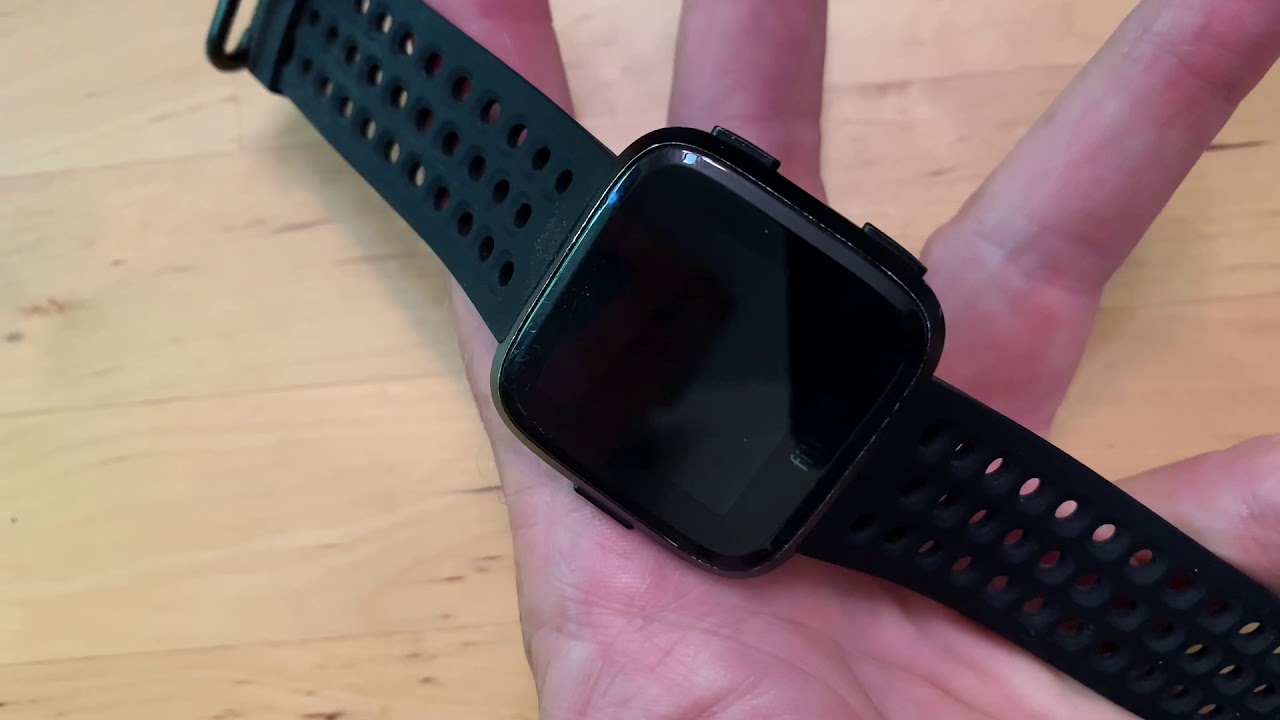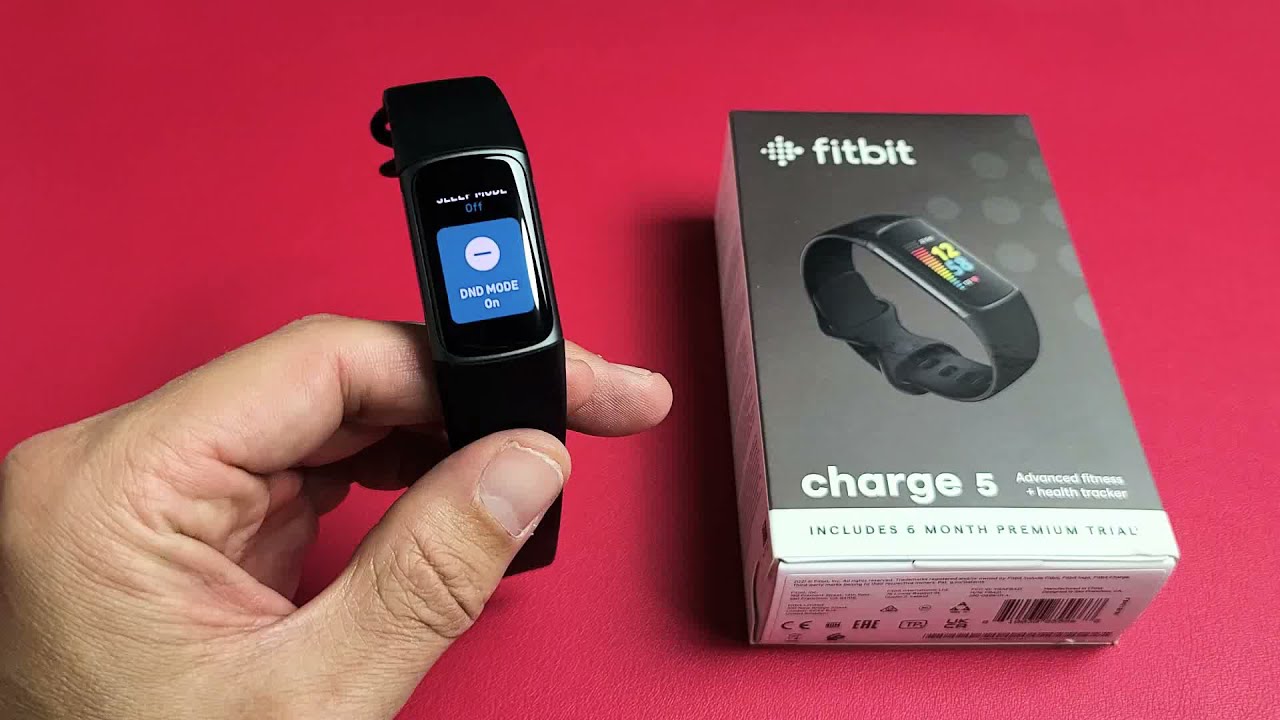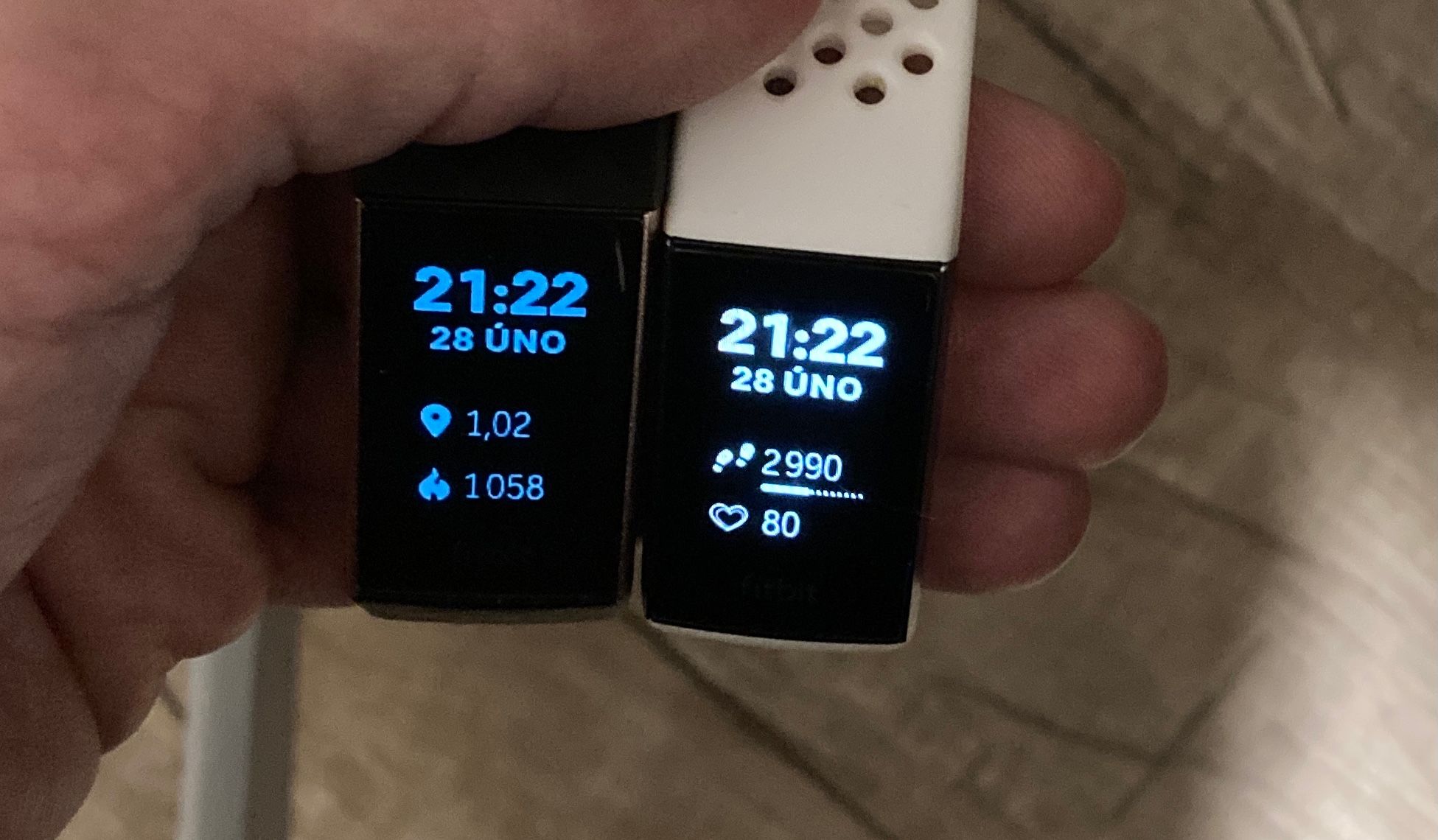Introduction
When it comes to wearable technology, Fitbit has established itself as a frontrunner in the realm of fitness and activity trackers. However, as with any electronic device, Fitbit trackers are not immune to occasional technical hiccups. One such issue that users may encounter is a dim or unresponsive screen. This can be a frustrating experience, especially when you rely on your Fitbit to track your daily activity, monitor your heart rate, and keep you motivated on your fitness journey.
A dim screen on your Fitbit can stem from various factors, ranging from simple settings adjustments to more complex hardware or software issues. Understanding the potential causes and troubleshooting steps can help you regain full functionality of your Fitbit device, ensuring that you can continue to benefit from its features without interruption.
In this comprehensive guide, we will delve into the potential reasons behind a dim Fitbit screen and provide practical troubleshooting steps to address this issue. Whether you own a Fitbit Charge, Versa, Inspire, or any other model, the insights shared in this article are designed to assist you in resolving the dim screen dilemma and getting your Fitbit back to its optimal performance.
So, if you've noticed that your Fitbit screen isn't displaying as brightly as it should, fear not. We've got you covered with a series of troubleshooting tips that will empower you to take control of the situation and restore your Fitbit to its full luminous glory. Let's embark on this journey to uncover the root causes of a dim Fitbit screen and illuminate the path to resolution.
Check the Battery
The first step in troubleshooting a dim Fitbit screen is to examine the battery status. A low battery can often be the culprit behind a dim display. Begin by accessing the Fitbit app on your smartphone or the Fitbit dashboard on your computer to check the battery level of your device. If the battery level is critically low, it may be causing the screen to appear dim or unresponsive.
If the battery level is indeed low, the most straightforward solution is to recharge your Fitbit. Connect the device to its charger and ensure that it is properly seated in the charging cradle. Allow the Fitbit to charge for at least an hour or until the battery indicator displays that it is fully charged. Once the device is adequately charged, power it on and check if the screen brightness has been restored to its normal level.
In some cases, a faulty or aging battery may struggle to hold a charge, leading to diminished screen brightness even after a full recharge. If you notice that the screen remains dim despite a full charge, it may be indicative of a battery nearing the end of its lifespan. In such instances, it is advisable to contact Fitbit customer support for further assistance and potential battery replacement options.
Furthermore, if your Fitbit model utilizes a replaceable battery, such as the Fitbit Inspire, Versa Lite, or Ace 2, consider replacing the battery with a new one. Follow the manufacturer's guidelines for safely replacing the battery to ensure that it is installed correctly.
By thoroughly examining the battery status and taking appropriate measures to recharge or replace the battery, you can effectively address the potential issue of a dim Fitbit screen stemming from insufficient power. Once the battery-related concerns are resolved, you can proceed to explore additional troubleshooting steps to pinpoint and rectify any remaining factors contributing to the dim screen dilemma.
Adjust the Display Settings
Fine-tuning the display settings of your Fitbit can significantly impact the brightness and visibility of the screen. Whether it's inadvertently adjusted or requires recalibration, the display settings offer a realm of customization to cater to individual preferences and environmental conditions.
Brightness Adjustment
Access the display settings on your Fitbit device to ascertain the current brightness level. Depending on the model, this can typically be done through the device itself or the accompanying smartphone app. Navigate to the brightness settings and ensure that the brightness level is configured to a suitable intensity for optimal visibility. Adjust the brightness slider to increase the luminosity of the screen, making it more discernible in various lighting conditions.
Auto-Brightness Feature
Many Fitbit models offer an auto-brightness feature designed to adapt to ambient lighting automatically. If this feature is enabled, the screen brightness adjusts based on the surrounding environment, ensuring comfortable visibility without unnecessary strain on the eyes. Verify whether the auto-brightness feature is activated on your Fitbit and consider toggling it off and on to recalibrate its functionality. This can prompt the device to readjust the brightness settings and potentially alleviate any dimness issues.
Clock Faces and Display Modes
Certain clock faces and display modes on Fitbit devices may impact the overall screen brightness and visibility. Explore the available clock face options and display modes to identify if any particular selection inadvertently diminishes the screen brightness. Experiment with different clock faces and display modes to determine if an alternative selection yields a brighter and more vibrant display.
Screen Wake Settings
The screen wake settings dictate how the display responds to gestures or button presses. If the screen wake settings are configured to activate the display with minimal interaction, it can contribute to frequent screen illumination, potentially impacting the overall battery life and screen brightness. Review the screen wake settings and adjust them to align with your usage preferences while considering their potential influence on screen brightness.
By methodically adjusting the display settings and exploring the available customization options, you can fine-tune the brightness and visibility of your Fitbit screen to better suit your needs and preferences. These adjustments can play a pivotal role in mitigating dim screen issues, providing enhanced clarity and usability for your Fitbit device.
Clean the Screen
The screen of your Fitbit device is a gateway to valuable information, serving as a visual interface for your activity tracking, notifications, and essential data. Over time, the screen may accumulate dust, oils, and other residues, leading to a diminished visual experience. Cleaning the screen of your Fitbit is a fundamental yet often overlooked aspect of maintenance that can significantly impact its overall brightness and clarity.
Importance of Screen Cleaning
Regular cleaning of the Fitbit screen is essential to maintain optimal visibility and ensure that the display remains free from obstructions. Accumulated debris, such as dust particles and oils from skin contact, can form a thin layer over the screen, diffusing light and resulting in a dim or hazy appearance. By diligently cleaning the screen, you can restore its luminosity and enhance the overall user experience.
Cleaning Techniques
When embarking on the task of cleaning your Fitbit screen, it is crucial to employ gentle and non-abrasive methods to safeguard the integrity of the display. Here are the recommended techniques to effectively clean the screen of your Fitbit device:
1. Microfiber Cloth:
Utilize a soft, lint-free microfiber cloth to gently wipe the screen in a circular motion. This approach helps to dislodge and remove surface-level particles and smudges without exerting excessive pressure on the screen.
2. Mild Screen Cleaner:
If persistent residues or smudges are present, lightly dampen a portion of the microfiber cloth with water or a specialized screen cleaner formulated for electronic devices. Avoid using excessive moisture and ensure that the cloth is only slightly damp to prevent liquid from seeping into the device.
3. Precision Cleaning:
For intricate areas around the screen edges and crevices, consider using a soft-bristled brush or a cotton swab lightly moistened with a screen cleaner. Exercise caution to prevent any excess liquid from seeping into the device's openings.
Precautions
While cleaning your Fitbit screen, it is imperative to adhere to certain precautions to prevent damage to the device:
- Avoid using harsh chemicals, abrasive materials, or excessive moisture, as these can compromise the integrity of the screen and its protective coatings.
- Power off the Fitbit device before commencing the cleaning process to minimize the risk of accidental input or screen activation.
- Refrain from applying excessive force or pressure during the cleaning process, as this can potentially damage the screen or its underlying components.
The Brighter, Clearer Path Ahead
By incorporating regular screen cleaning into your Fitbit maintenance routine, you can uphold the visual brilliance of the display and mitigate potential dimness issues. This simple yet impactful practice ensures that your Fitbit screen remains a beacon of clarity, empowering you to engage with your fitness data and notifications with enhanced visibility and vibrancy.
Update the Fitbit Software
Ensuring that your Fitbit device is running the latest software version is pivotal in maintaining its performance, functionality, and compatibility with various features. Software updates often include bug fixes, performance enhancements, and new features, addressing underlying issues that may manifest as a dim or unresponsive screen. By proactively updating the Fitbit software, you can potentially alleviate the factors contributing to screen dimness and enhance the overall user experience.
Importance of Software Updates
Software updates serve as a mechanism for Fitbit to continually refine and optimize the functionality of its devices. These updates are designed to address known issues, enhance stability, and introduce new capabilities, all of which can directly influence the performance and display characteristics of your Fitbit. By staying abreast of the latest software releases, you can leverage the improvements and resolutions that are incorporated into each update, potentially rectifying any underlying software-related causes of a dim screen.
Update Process
To initiate the software update for your Fitbit device, begin by ensuring that it is connected to its charger to maintain a consistent power supply throughout the update process. Next, open the Fitbit app on your smartphone or access the Fitbit dashboard on your computer. Navigate to the device settings or firmware update section to check for available updates for your specific Fitbit model.
If a software update is available, follow the on-screen prompts to initiate the update process. It is crucial to keep the device connected to the charger and ensure that it remains within the vicinity of the paired smartphone or computer to facilitate a seamless update. Depending on the size of the update and the speed of your internet connection, the update process may take several minutes to complete.
Once the update is successfully installed, restart your Fitbit device to ensure that the changes are fully implemented. After the device restarts, assess whether the screen brightness and overall display performance have improved. In many cases, software updates can rectify underlying software glitches or inconsistencies that may have contributed to the dim screen dilemma, resulting in a revitalized and visually vibrant display.
Ongoing Vigilance
After updating the Fitbit software, it is advisable to periodically check for new updates to ensure that your device remains equipped with the latest enhancements and optimizations. By embracing a proactive approach to software updates, you can fortify the performance and longevity of your Fitbit device, preemptively addressing potential issues and preserving the luminosity and functionality of the screen.
By diligently updating the Fitbit software and embracing the advancements introduced in each release, you can harness the full potential of your device, ensuring that it continues to illuminate your fitness journey with clarity and vitality.
Contact Fitbit Support
If you have diligently explored the troubleshooting steps outlined in this guide and the dim screen dilemma persists, reaching out to Fitbit support can provide invaluable assistance in resolving the underlying issues. Fitbit's dedicated support channels are staffed by knowledgeable professionals who are equipped to address a wide spectrum of technical concerns, including those related to screen dimness and display anomalies.
When initiating contact with Fitbit support, it is beneficial to have pertinent details readily available, such as the model of your Fitbit device, its current software version, and a comprehensive description of the dim screen issue. Providing these details can expedite the troubleshooting process and enable the support team to offer tailored guidance and solutions.
Fitbit offers multiple avenues for support, including online resources, community forums, and direct customer support channels. The official Fitbit website serves as a hub for comprehensive support articles, troubleshooting guides, and frequently asked questions, offering a wealth of self-help resources to address common issues. Navigating the support section of the website can yield insights and solutions that may effectively resolve the dim screen issue.
For personalized assistance and direct interaction with Fitbit's support representatives, utilizing the customer support channels is recommended. This can encompass reaching out through email, initiating a live chat session, or placing a support call to engage with a Fitbit support agent. When communicating with the support team, articulating the steps you have already taken to troubleshoot the dim screen, as well as any specific observations or patterns you have noticed, can provide valuable context for the support team to formulate targeted solutions.
In some instances, the dim screen issue may necessitate advanced diagnostics or hardware-related interventions that require the expertise of Fitbit's technical support team. If the troubleshooting steps have not yielded the desired outcome, the support team may guide you through additional diagnostic procedures or recommend specific actions to address the underlying causes of the dim screen.
By leveraging the resources and expertise offered through Fitbit's support infrastructure, you can navigate the complexities of the dim screen issue with confidence, knowing that you have a dedicated support network at your disposal. Whether it entails software optimizations, hardware diagnostics, or specialized interventions, Fitbit's support channels are geared towards empowering users to overcome technical challenges and restore the full luminosity and functionality of their Fitbit devices.
In essence, contacting Fitbit support represents a proactive and empowering step towards resolving the dim screen issue, harnessing the expertise and resources offered by the brand to ensure that your Fitbit continues to shine brightly as an indispensable companion on your fitness journey.







